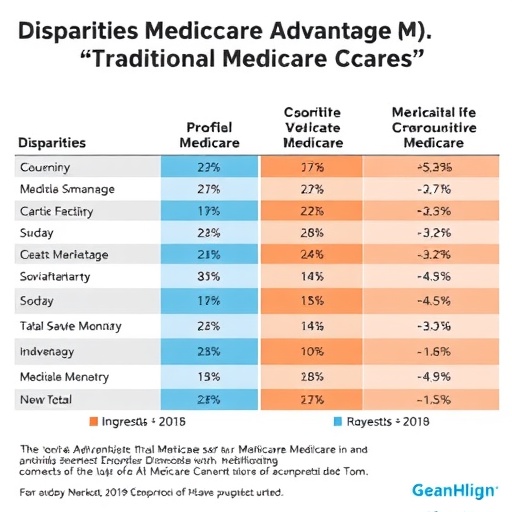Healthy octogenarians have high cholesterol efflux capacity
Many scores designed to help doctors predict whether a patient is at risk for cardiovascular disease are not accurate in elderly adults. As life expectancy grows longer around the world, the search is on for new ways to measure risk beyond the traditional cholesterol test and life history. In a recent study in the Journal of Lipid Research, Francesca Zimetti and colleagues at the University of Parma in Italy and the State University of Campinas, Brazil, set out to determine if cholesterol efflux capacity, or CEC, should be considered a risk factor in healthy adults aged 80 or older. CEC is shorthand for the ability of arterial macrophages to release excess cholesterol, preventing it from accumulating on artery walls. In younger adults, high CEC correlates with a reduction in early signs of atherosclerosis. While this association did not hold in a group of Brazilian adults who had reached their 80s in good health, the octogenarians had significantly higher cholesterol efflux capacity than their middle-aged counterparts. The authors caution that the healthy elderly patients should be compared to patients over 80 with cardiovascular disease to be certain, but suggest that high CEC may promote longevity.
DOI: 10.1194/jlr.P079525
MicroRNAs promote fat cell apoptosis
Weight loss can be hard to sustain. The total mass of adipose tissue depends both on the number of fat cells, or adipocytes, and their average size. During weight loss, the amount of fat stored in each cell drops, but the total number of cells stays the same, making it easy to regain weight when a caloric surplus is available. Therefore, being able to selectively kill adipocytes or their precursor cells, preadipocytes, is a target for making weight loss last. In a paper in the Journal of Lipid Research, Zhenzhen Zhang and colleagues at Northwest A&F University in Shaanxi, China, report that in a model for apoptosis in fat cells, two microRNAs are important drivers of the programmed cell death pathway. These microRNAs, miR-103 and 107, suppress the production of a protein called wnt3a that reduces apoptosis. Overall, the microRNAs led to more programmed cell death. Targeting these microRNAs could someday become a route to killing adipocytes.
DOI: 10.1194/jlr.M082602
Eicosanoid fluctuations drive signaling in cultured cells
Cultured cells depend on media for many essential nutrients, among them polyunsaturated fatty acids. Researchers observed that cells' production of signaling lipids derived from PUFAs by cultured macrophages changes over time between media changes, as the cells exhaust the available essential PUFAs. In an article in the Journal of Lipid Research, Okuno and colleagues from Jutendo University in Japan and the University of Colorado in Denver quantified the changes to various lipids. In addition to fluctuating lipid levels, they observed that the number of days since the previous media change dramatically altered tumor necrosis factor secretion in response to lipopolysaccharide, an inflammation mediator. The study suggests that cell feeding schedules may introduce variability between in vitro experiments, which could be reduced by flow-through culture.
DOI: 10.1194/jlr.M083030
###
About the Journal of Lipid Research
The Journal of Lipid Research (JLR) is the most-cited journal devoted to lipids in the world. For over 50 years, it has focused on the science of lipids in health and disease. The JLR aims to be on the forefront of the emerging areas of genomics, proteomics, and lipidomics as they relate to lipid metabolism and function. For more information about JLR, visit http://www.jlr.org.
About the American Society for Biochemistry and Molecular Biology
The ASBMB is a nonprofit scientific and educational organization with more than 11,000 members worldwide. Most members teach and conduct research at colleges and universities. Others conduct research in government laboratories, at nonprofit research institutions and in industry. The Society publishes three journals: the Journal of Biological Chemistry, the Journal of Lipid Research, and Molecular and Cellular Proteomics. For more information about ASBMB, visit http://www.asbmb.org.
Media Contact
Laurel Oldach
[email protected]
240-283-6648
@asbmb
http://www.asbmb.org




